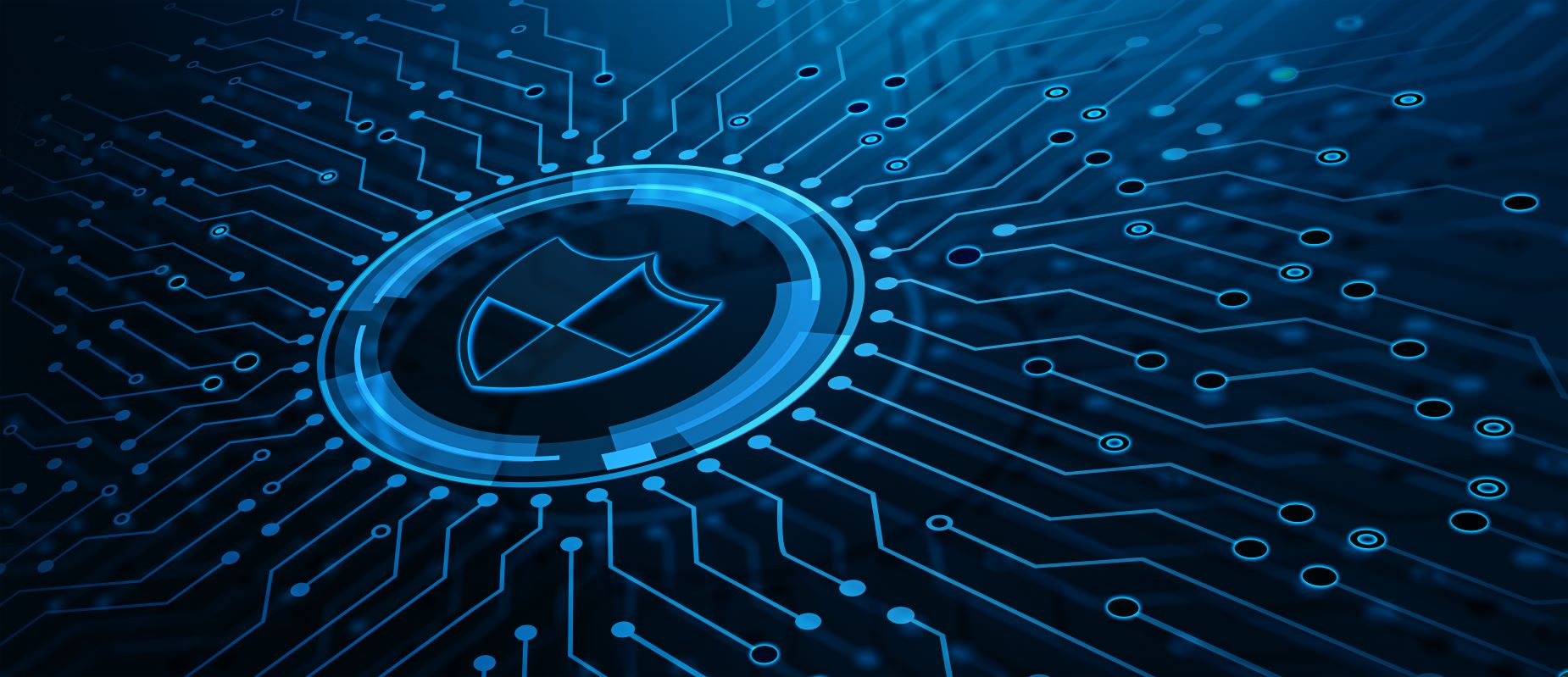How to Choose the Right Cybersecurity Framework: A Guide for Mid-Market Companies

As cyber threats become more sophisticated and regulatory requirements more stringent, companies, especially mid-market, must take a proactive approach to security. Choosing the right cybersecurity framework is a critical step in protecting sensitive data, maintaining compliance and building trust with customers, investors and regulators. However, with so many frameworks available, each with different requirements and industry applications, determining the best fit can be challenging.
Understanding Cybersecurity Frameworks vs Security Standards
| Cybersecurity frameworks | Security standards |
| Structured sets of best practices and methodologies for managing cybersecurity risksHelps organizations build a structured approach to security, ensuring that policies, processes and technologies align with industry-recognized standards. | Define specific requirements that organizations must meet to achieve compliance. Typically associated with audits, ensuring that an organization meets legal and contractual obligations. Common security standards include HIPAA, PCI DSS and GDPR. |
While standards ensure compliance with regulatory requirements, frameworks offer strategic guidance for building a resilient security posture. Choosing the right framework ensures a comprehensive approach to cybersecurity that not only satisfies legal requirements but also strengthens overall protection against evolving threats.
Key Cybersecurity Frameworks in 2025
Selecting the best framework depends on your industry, regulatory landscape and business operations.
NIST Cybersecurity Framework (CSF) 2.0
Developed by the National Institute of Standards and Technology (NIST), the NIST CSF 2.0 is a voluntary, risk-based cybersecurity framework focuses on six core functions: Govern, Identify, Protect, Detect, Respond and Recover. It provides a variety of high-level cybersecurity outcomes that organizations can use to understand, assess, prioritize and communicate their cybersecurity efforts more effectively.
Best for: Organizations of any size or sector, particularly those looking for a flexible and risk-based approach to managing cybersecurity and aligning with industry standards.
ISO/IEC 27001
The ISO/IEC 27001 is an internationally recognized standard for information security management. It provides a structured framework for implementing an Information Security Management System (ISMS), ensuring the confidentiality, integrity and availability of corporate data, including financial information, intellectual property, employee details and third-party managed data.
Best for: Organizations of any size or sector, especially those needing a comprehensive ISMS to ensure data protection and demonstrate compliance to international standards.
CIS Controls
Developed by the Center for Internet Security (CIS), CIS Controls are a structured and simplified set of best practices designed to help organizations strengthen their security posture.
Best for: Small to mid-market organizations seeking a simplified, actionable set of cybersecurity best practices to quickly strengthen their security posture with minimal resource investment.
CMMC
The Cybersecurity Maturity Model Certification (CMMC) is a unified standard developed by the U.S. Department of Defense (DoD) to ensure contractors and subcontractors meet specific cybersecurity practices when handling Controlled Unclassified Information (CUI). CMMC integrates various cybersecurity standards and best practices and assigns them across maturity levels, ranging from foundational to advanced.
Best for: Defense contractors and subcontractors in the DoD supply chain who must demonstrate compliance with strict cybersecurity requirements to be eligible for government contracts.
FedRAMP
The Federal Risk and Authorization Management Program (FedRAMP) provides a standardized approach to security assessment, authorization and continuous monitoring for cloud services used by federal agencies. It ensures that cloud providers meet strict federal security requirements before working with government entities.
Best for: Cloud service providers aiming to do business with U.S. federal agencies and needing to prove compliance with federal cybersecurity standards.
StateRAMP
Modeled after FedRAMP, StateRAMP offers a standardized approach to cybersecurity for state and local governments. It helps ensure that cloud service providers meet consistent security requirements when providing services to government agencies, promoting transparency, verification and trust.
Best for: Cloud vendors looking to work with state and local governments that require proven compliance with standardized cybersecurity benchmarks.
How to Choose the Right Framework for Your Business
Assess Your Current Security Posture
Before selecting a new framework, conduct a comprehensive gap assessment to evaluate your institution’s existing cybersecurity controls. Identify strengths, pinpoint vulnerabilities and determine where enhancements are needed to align with your chosen framework.
Understand Your Industry Requirements
Certain frameworks are better suited for meeting industry-specific regulations. Understanding your industry’s unique regulatory landscape will help you determine which security frameworks align with these requirements and which ones are most effective for addressing sector-specific risks.
Consider Business Goals and Objectives
When selecting a security framework, it’s important to align your choice with your company’s broader business objectives. For example, with the FFIEC Cybersecurity Assessment Tool being phased out, financial institutions may consider adopting ISO 27001 to enhance their cybersecurity posture and build credibility with investors and regulators. Additionally, if your organization is focused on streamlining compliance processes or reducing the burden of managing multiple audits, a consolidated compliance framework, combining assessments like NIST, ISO, PCI DSS, HITRUST and/or SOC 2, can help alleviate audit fatigue and ensure consistent, efficient compliance across various regulatory requirements.
Real-world Example: For companies navigating a complex landscape of regulatory requirements, working with multiple providers testing the same controls can strain internal resources. Learn how FD’s Consolidated Compliance Assessment Program helped a leading global payments technology company streamline compliance, exceed regulatory requirements and reduce audit redundancies. Read more here.
Engage Key Stakeholders
Cybersecurity is not just an IT concern; it requires collaboration across executive leadership, technology teams, risk and compliance professionals and internal audit. Engaging these stakeholders early ensures alignment on strategic priorities and regulatory expectations.
Monitor, Validate and Adapt
Cyber threats and regulatory expectations continue to evolve, making ongoing monitoring essential. Regularly measure progress against targeted cybersecurity maturity levels, reassess risk factors and adjust your strategy as needed. Internal audit should be involved in periodic reviews to validate compliance and readiness for regulatory examinations.
Next Steps: Strengthening Your Security Posture
Choosing the right security framework is more than just a compliance requirement; it’s a strategic investment in your company’s resilience, reputation and long-term success. As cyber threats grow more sophisticated and regulatory landscapes shift, companies must take a proactive approach to security. By assessing your current security posture, aligning with industry requirements and considering business goals, you can implement a framework that not only meets compliance standards but also strengthens your overall cybersecurity strategy.
Navigating these complexities can be challenging, but you don’t have to do it alone. Frazier & Deeter’s experts are here to help you evaluate your options, implement the right framework and build a security posture that protects your business now and in the future. Contact us to get started.
Contributors
Gina Gondron, Advisory Partner
Explore related insights
-
The Lifecycle of a Material Weakness: Warning Signs, Triage and Immediate Action
Read more: The Lifecycle of a Material Weakness: Warning Signs, Triage and Immediate Action
-
Are Tariffs Subject to Sales Tax? It Depends on the Details.
Read more: Are Tariffs Subject to Sales Tax? It Depends on the Details.






